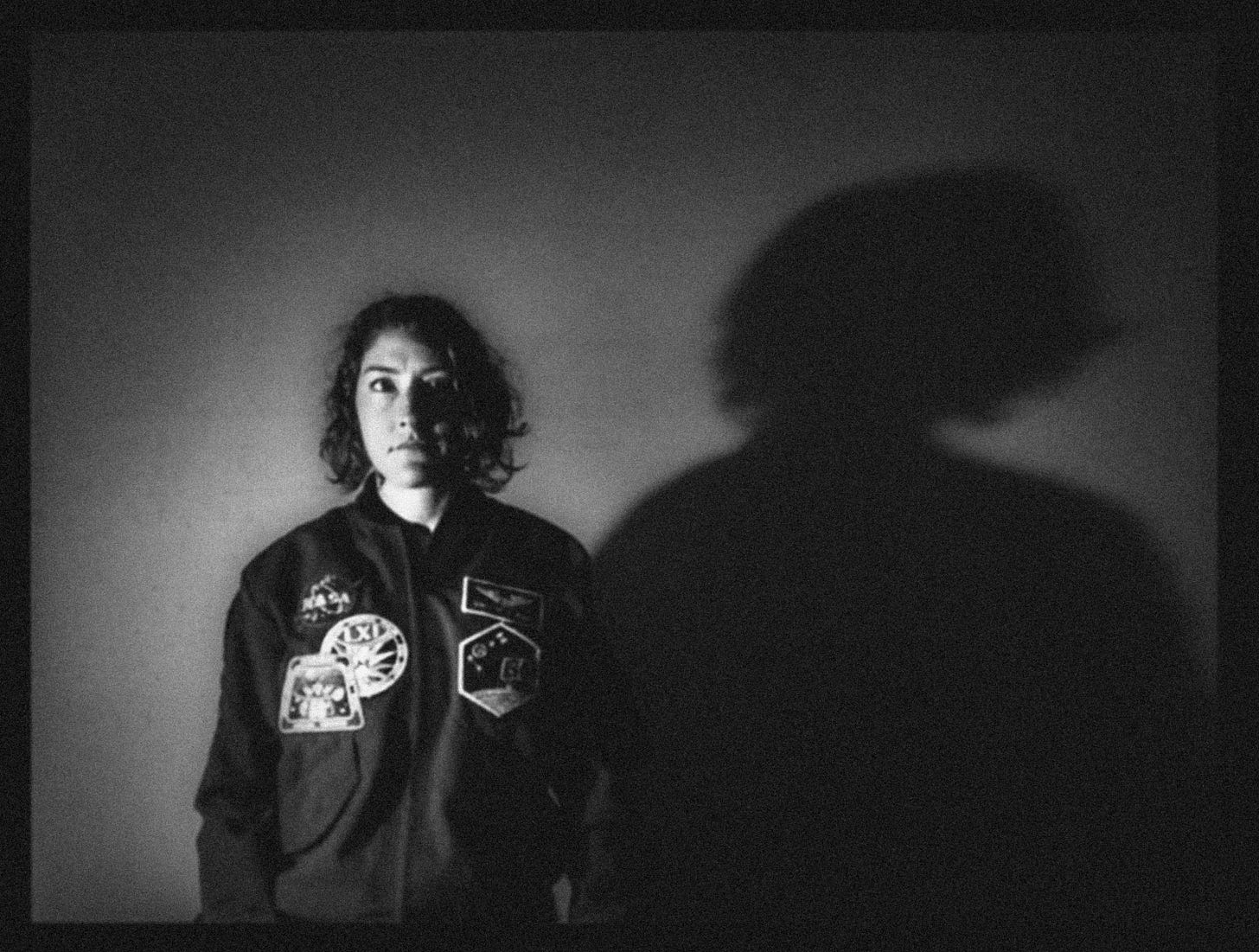Christina Koch - Four Things We Learned
This week: what we learned from my conversation with surfer and astronaut Christina Koch, one of my favourite episodes from 2020.
How does it feel to go into space? What does it make you feel about the future of our planet, and your own place in the universe? What are the moral implications of space travel? And just how do you take a picture of Pipeline from the International Space Station as it flies overhead at 17,000 mph?
All questions that I discussed with one of my favourite ever guests: Christina Koch, a surfer and – yes – astronaut who just spent 328 days in space in the International Space Station, setting a new record for the longest spaceflight completed by a woman in the process. She also, as we discussed, spent her downtime photographing the planet’s best surf locations, posting them on her hugely popular Instagram feed and outing herself as a serial surf geek in the process.
In this blog, I rounded up four things we learned from our lengthy and inspirational conversation. And click here if you’ve yet to listen to the episode - it’s a good one.
1. Focus On The Now
Christina’s record-breaking spaceflight was as much a mental as it was a physical feat. To manage this challenge, she utilised the Expeditionary Behaviour training she received from NASA and also came up with her own coping mechanisms to deal with what she calls ‘sensory underload’ – the lack of new stimuli that is a disconcerting feature of space flight.
When things got tough, she focused on the positive experiences she’d miss, rather than fixating on her mission end date. It’s a technique she applied to her time in Antarctica, her time aboard the ISS and her time in lockdown.
2. Have A Hobby
“I don’t think I’d have survived 11 months in a tin can without a hobby I was really passionate about. For me that hobby was photographing surf spots.”
The impact of Christina’s celestial side hustle on her time in space was significant. It gave her a focus away from her tightly schedule workdays, offered a technical challenge that occupied valuable headspace, and kept her connected to her favourite earthbound hobby.
“It was a project I was absolutely in love with. It brought me so much joy, it connected me with my friends who were surfers and, having watched all of the competitions up there, it was neat to know there were instances where the picture I took was during the final heat of a competition.”
3. Learn From The Past
NASA’s lengthy experience of sending humans into space means the organisation has accrued an enormous amount of knowledge when it comes to the psychology of small groups living in small, enclosed spaces.
As a result, understanding and adhering to best Expedition Behaviour practice is one of the key reasons Christina’s mission went so smoothly. As Christina explained, there are five tenets of ‘good’ expeditionary behaviour: Communication, Leadership/Fellowship, Self-Care, Team Care and Group Living.
“It’s an entire part of our training flow, learning how to live with other people in a group setting… we talk about these skills in a way that creates a common language between you and your crew mates. I would say that that’s the main way that NASA enables us to cope with what is a very challenging and unique situation”.
4. Avoid The Stereotype Threat
A ‘Stereotype Threat’ is defined as the fear of inadvertently confirming a negative stereotype, something Christina became acutely aware of while undergoing her astronaut training and during her record-breaking spaceflight.
“Spacewalking is the biggest intellectual and physical challenge of every flight”, she explained during our conversation. “It’s the equivalent of running a marathon, and I was constantly worried about the fact that it was this well-known stereotype that women were not as good in the suit”.
To counter the self-fulfilling effect of the Stereotype Threat, Christina replaced these negative thoughts with positive visualisationsl
“I would imagine the people in the control room watching me saying, ‘Oh she is so good at this! Watch what she’s gonna do’:”
By replacing the Stereotype Threat with positive images, Christina found herself able to overcome these intimidating situations and succeed on her own terms.







